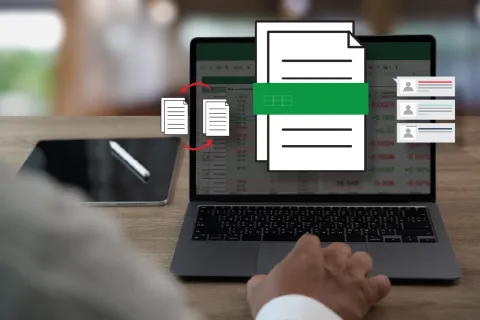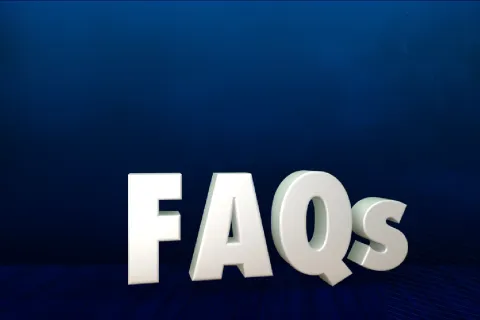
The process of bringing a generic drug to market is intricate and highly regulated. The Abbreviated New Drug Application (ANDA) is the primary pathway through which generic drug manufacturers seek approval from the U.S. Food and Drug Administration (FDA). This blog delves into the ANDA submission process, common challenges, and strategies to overcome them, providing a comprehensive guide for Regulatory affairs professionals.
Understanding Step-by-Step ANDA Submission Process:
The ANDA submission process involves several steps, each requiring detailed attention to ensure compliance with FDA regulations:
Step 1: Pre-ANDA Meeting
Engaging with the FDA early in the development process through a pre-ANDA meeting can provide valuable guidance and help streamline the ANDA submissions. This meeting allows sponsors/ applicants to discuss study designs, manufacturing processes, and any potential Regulatory issues.
Step 2: Bioequivalence (BE) Studies
Demonstrating BE to the reference-listed drug (RLD) is an important part of the ANDA process. These studies compare the pharmacokinetic parameters of the generic drug to the RLD to ensure they are within an acceptable range.
Step 3: Chemistry, Manufacturing, and Controls (CMC)
The CMC section of the ANDA provides detailed information on the drug's composition, manufacturing process, and quality controls. It is crucial to ensure that this information is accurate and thorough.
Step 4: Labeling
The labeling of the generic drug must be identical to that of the RLD, except for differences due to patent or exclusivity issues. Any deviations must be justified and documented.
Step 5: FDA Submission
The ANDA is submitted electronically through the FDA’s Electronic Submissions Gateway (ESG). It is essential to ensure that all required documents are included and correctly formatted.
Step 6: ANDA Review and Approval
Once submitted, the FDA reviews the ANDA for completeness and compliance. This process includes multiple rounds of correspondences between the FDA and the applicant.
Common Challenges in ANDA Submissions
The ANDA submission process is fraught with potential challenges that can delay approval or lead to a Refuse-to-Receive (RTR) action. Some common challenges include:
- Incomplete Documentation
- Bioequivalence Issues
- CMC Complications
- Labeling Discrepancies
Strategies to Overcome ANDA Submission Challenges
1. Early FDA Engagement
Engaging with the FDA early in the development process through a pre-ANDA meeting can provide valuable guidance and help address potential issues.
2. Thorough Documentation
Ensuring that all required documents are included and correctly formatted can prevent delays and RTR actions. Using checklists and templates can help ensure completeness and consistency.
3. Robust BE Studies
Designing robust bioequivalence studies that meet FDA requirements can help demonstrate the equivalence of the generic drug to the RLD. Consulting with experts can provide valuable insights and improve study design.
4. Detailed CMC Information: Providing detailed and accurate CMC information is essential. Consulting with experts and using quality control measures can help ensure the accuracy and completeness of this section.
5. Accurate Labeling
Ensuring that the generic drug's labeling matches the RLD is critical. Using templates and checklists can help ensure accuracy and completeness.
Conclusion
The ANDA submission process is complex and highly regulated, but with careful planning and attention to detail, generic drug manufacturers can successfully navigate this process and bring their products to market. Early engagement with the FDA, thorough documentation and other steps ensures successful ANDA submission. Moreover, such careful and accurate ANDA filings can be made hassle-free with a Regulatory expert assistance. Consult Freyr’s ANDA experts to deep dive more into it.









